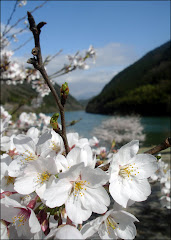
Daily life in the floating villages of the Tonle Sap.
Southeast Asia’s Mekong River flows thousands of miles from its source in the highland plateau of Tibet to its outlet into the South China Sea. The river runs through China, Myanmar, Laos, Thailand, Cambodia, and Vietnam. The giant river is a valuable, and in some countries a pivotal, natural resource, and has supported hundreds of thousands of people through farming and fishing for centuries.

Cruising through the neighborhood.

Among the most interesting features of the river is that monsoon-season rainfall swells the river’s volume so greatly that in low-lying Cambodia, the Tonlé Sap (meaning Large Fresh Water River but more commonly translated as Great Lake), one of the Mekong’s southernmost tributaries, is forced to reverse course against the rushing floodwaters. Beginning in June, the roughly 100-kilometer-long (62 miles) Tonle Sap River will begin to be inundated by the rising waters of the Mekong, and will slowly backtrack and begin filling the Tonle Sap Lake. The images above show the Tonle Sap during the dry and wet seasons. Vegetation appears bright green, standing water is dark blue, and clouds are light blue or white. In the bottom scene, the Mekong can be seen flowing in at the top to the right of center, and the Tonle Sap makes a distinct blue splash to the west. By October, much of central Cambodia is underwater (top scene).

For most of the year the lake is around one meter deep with an area of 2,700 square km, but during the monsoon season, water is pushed up from the Mekong into the lake, increasing its area to 16,000 square km and its depth to up to nine meters, flooding nearby fields and forests. This provides a perfect breeding ground for fish and makes the Tonle Sap ecosystem one of the most productive inland fisheries in the world, supporting over 3 million people and providing over 75% of Cambodia's annual inland fish catch and 60% of Cambodians' protein intake. At the end of the rainy season, the flow reverses and the fish are carried downriver.

Notice the treetops of the submerged forest shattering the glassy reflection of the lake in the background.
Luckily I chose to visit Cambodia in the midst of monsoon season, while the Lake was at its largest. After an early morning at Angkor Wat to see the sunrise, and an afternoon of temple hopping through the jungle, we decided to take a short cruise on the lake, through the floating villages. As we made our way out of the bustle of tuk-tuks and motorbikes that swarm around Siem Reap's provincial center, the narrow, dirt road wandered through many small neighborhoods, until it was surrounded on both sides by the bank of the river, like a bridge to over time. As we drove through the tiny village that springs up along the edge of the lake during this season, children ran after the bus, waving, laughing, and dragging their friends along with them.
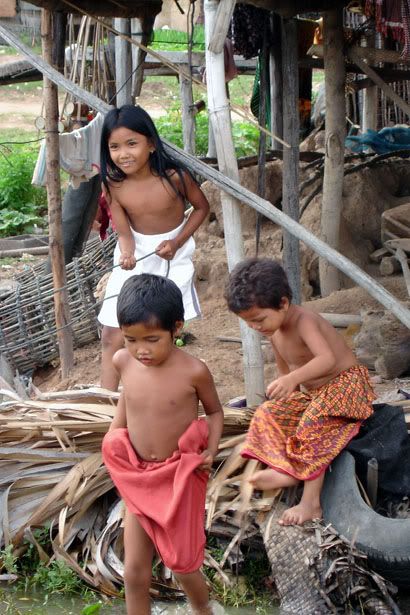
On tall, slender stilts, the thatch houses wading in the shallow waters along the banks of the lake towered above the children playing beneath. They ran to us as we made our way to the boats, and even tried to follow us out on the water.


While some villagers choose to make their homes on dry land, many more live their lifes on the lake, in floating houses, or in boats.

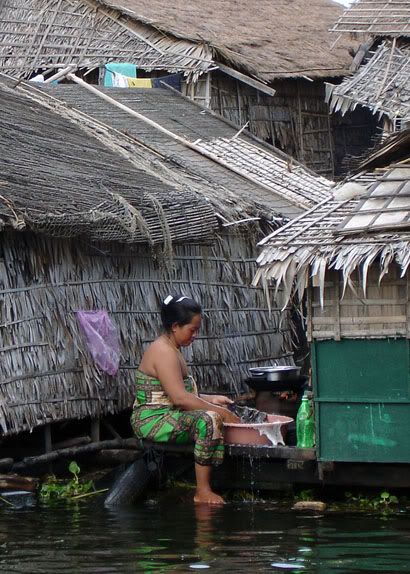
A woman bathes outside her floating home. Many of the houses had huddled together closer to shore.

A young boy bathing along the banks.

A man works to repair his boat.

Modern and traditional come togeter along the bloated banks of the Tonle Sap. If Jesus walked on water, I thought, all this man needed was a little faith. With a floating Catholic church nearby, no wonder I turned back to see him to ride off into the sunset on his trusty (soon to be rusty) motorbike.
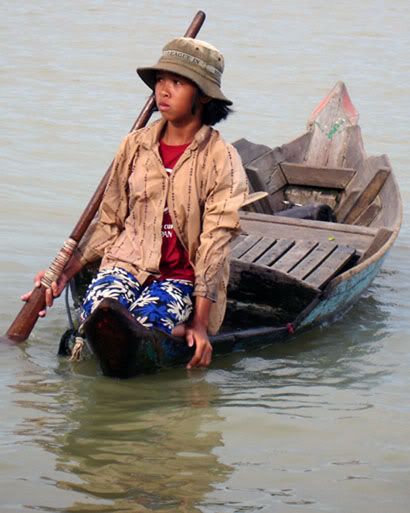
While we were quite far from any of the floating houses, this young girl caught sight of our boat at paddled with a passion to catch up to us.
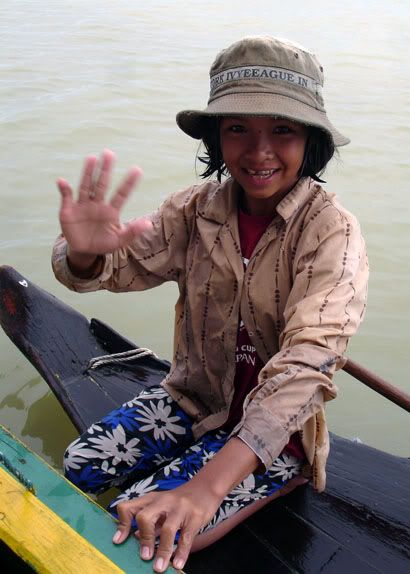
From a distance I could see her tiny body heaving as she struggled to catch her breath, clutching her chest. I watched her the entire time, amazed by her strength and determination. I pointed her out to the rest of the passangers, who were all equally stunned. She paddled right up to me and said hello.
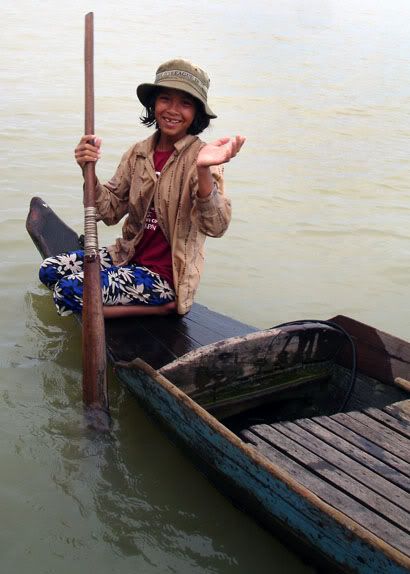
She was so cute, and she had already won my respect and admiration, so when she asked for a dollar, I was more than happy to give it to her. She definately earned it! She was so happy she did a flip off her little boat, waving to us all as we drove off.
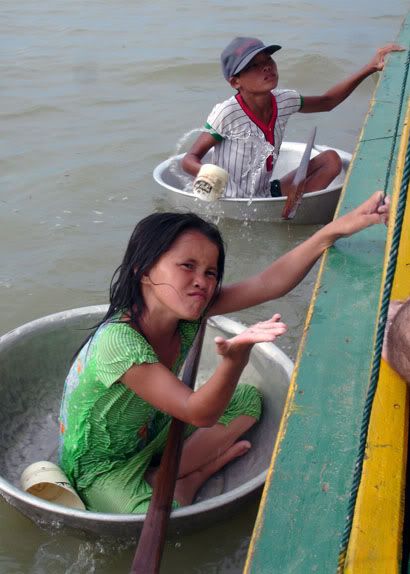
Who needs a boat when you have...these things!
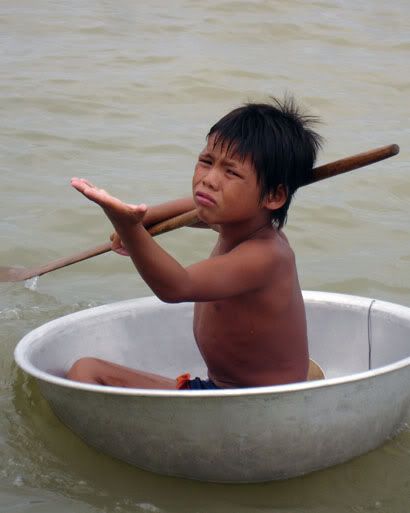
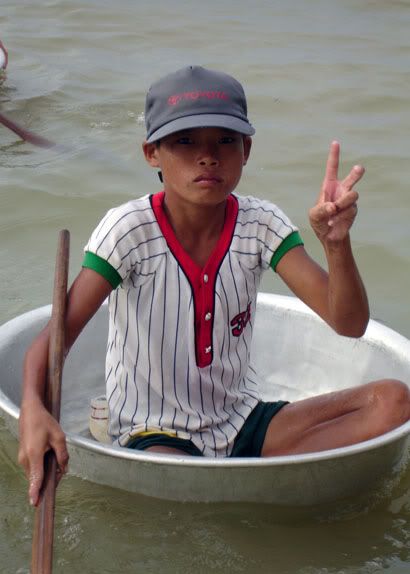
The legacy of Japanese tourism...The ubiquitous peace sign.

Afterwards, we took a stroll through the market outside the gate of a Buddhist temple. It was just starting to come to life.


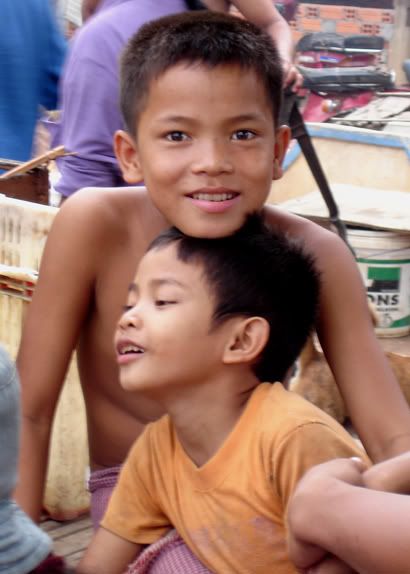
New friends from the market place. So cute.
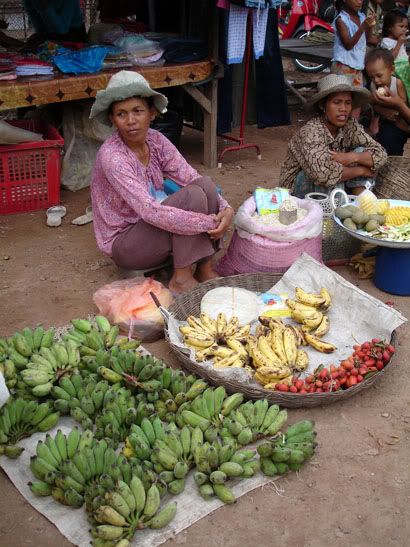

Children in the market.
The ecological importance of the seasonal flood cycle can’t be overstated. The huge lake and surrounding wetlands created by the flooding support a diverse freshwater fish ecosystem, and the silt deposited by the floods renews forest and farmland alike. As the countries along the course of the Mekong make plans for more upstream dams and navigation channels, the seasonal cycle of the lower Mekong becomes threatened, as do the fisheries and farmlands dependent on it. What is good for one country or region might have devastating consequences for another. The governments in the area face a difficult problem as they try to balance the competing interests of flood control, hydroelectric power, shipping, fishing, agriculture, and environmental protection.
 An apprentice geisha, or maiko, dressed in Heian period costume at Jidai Matsuri.
An apprentice geisha, or maiko, dressed in Heian period costume at Jidai Matsuri.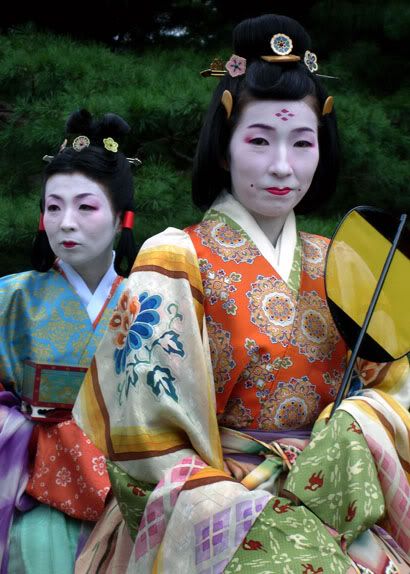
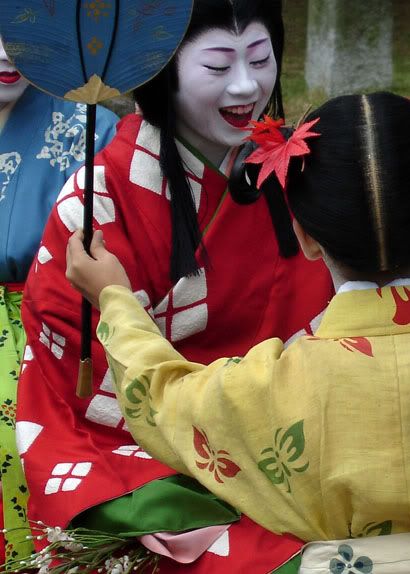
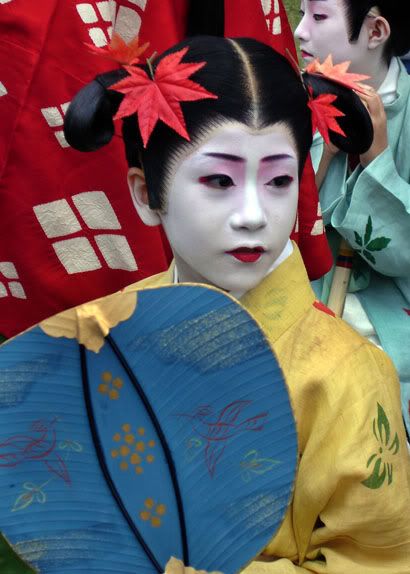

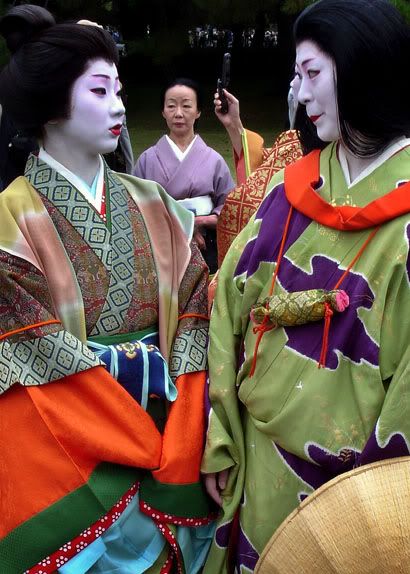
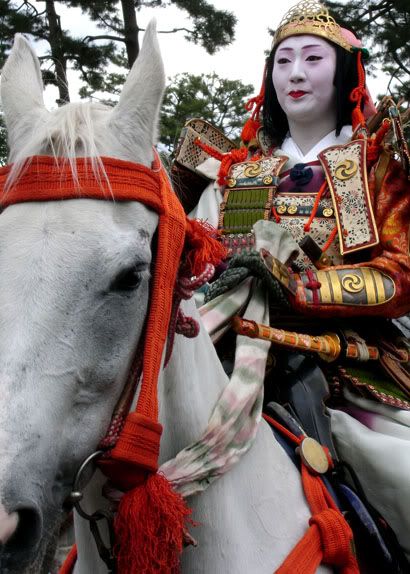
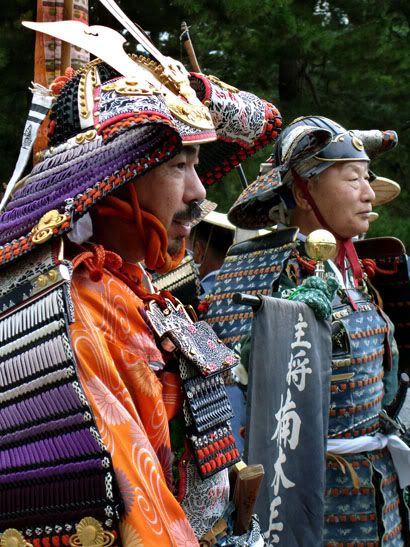
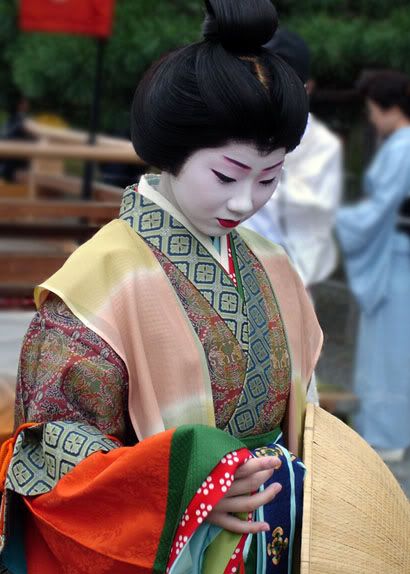



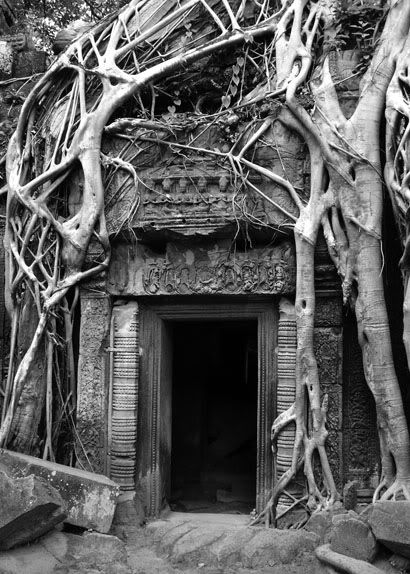



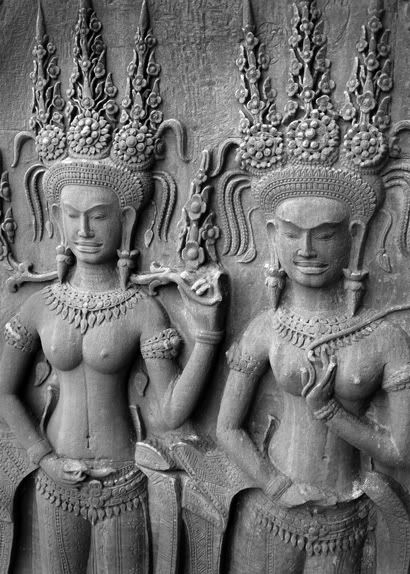

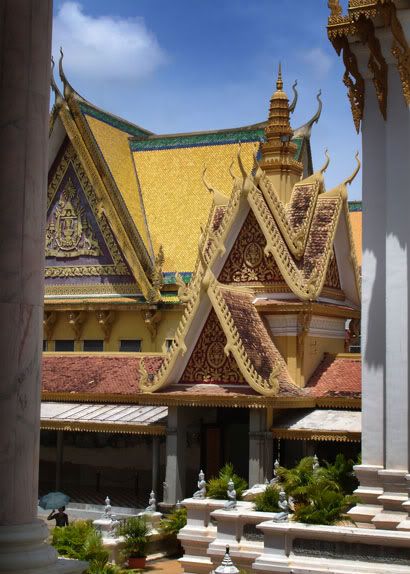
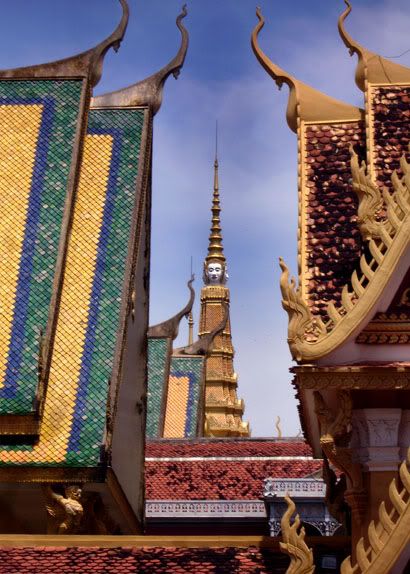


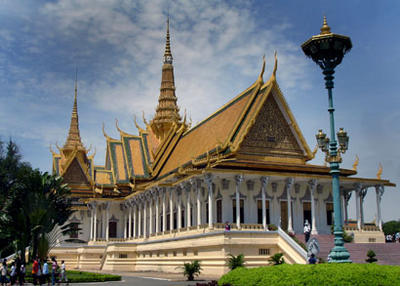


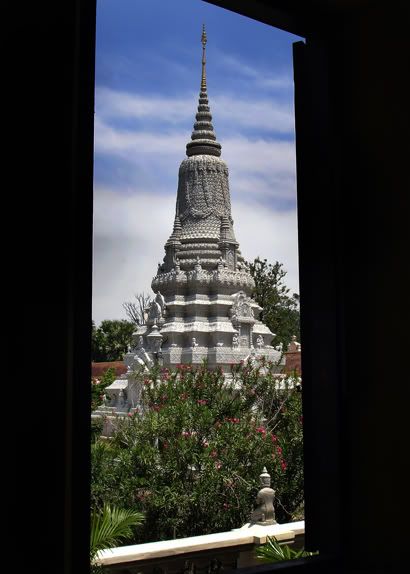
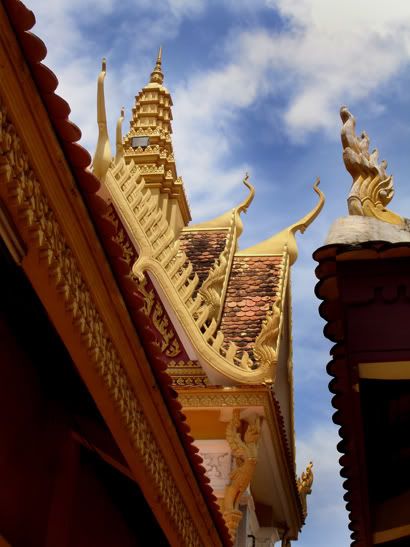
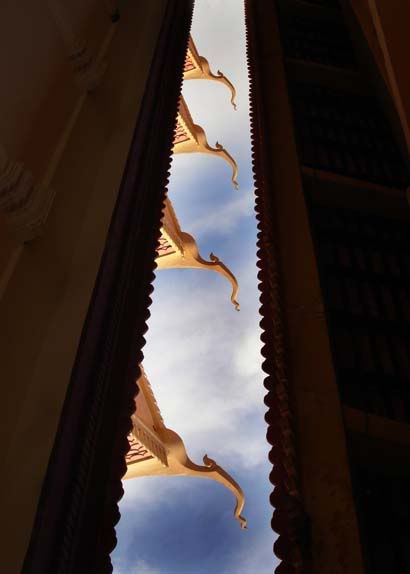
 Daily life in the floating villages of the Tonle Sap.
Daily life in the floating villages of the Tonle Sap.


 Notice the treetops of the submerged forest shattering the glassy reflection of the lake in the background.
Notice the treetops of the submerged forest shattering the glassy reflection of the lake in the background.




 A young boy bathing along the banks.
A young boy bathing along the banks. A man works to repair his boat.
A man works to repair his boat. Modern and traditional come togeter along the bloated banks of the Tonle Sap. If Jesus walked on water, I thought, all this man needed was a little faith. With a floating Catholic church nearby, no wonder I turned back to see him to ride off into the sunset on his trusty (soon to be rusty) motorbike.
Modern and traditional come togeter along the bloated banks of the Tonle Sap. If Jesus walked on water, I thought, all this man needed was a little faith. With a floating Catholic church nearby, no wonder I turned back to see him to ride off into the sunset on his trusty (soon to be rusty) motorbike.












